Free University of Berlin
Since the end of World War II the Free University has occupied a central role in the intellectual life of Berlin. Today, with more than 39,000 students, it is the largest of Berlins three universities. The scheme includes the faithful restoration of the universitys iconic Modernist buildings in addition to the design of the new campus library.
The universitys mat-like campus was designed by Candilis Josic Woods Schiedhelm, and when the first phase was completed in 1973 it was hailed as a milestone in university design. The Corten steel facade was designed in collaboration with Jean Prouvé, following Le Corbusiers Modulor proportional system. The rusty appearance of these buildings led to the affectionate nickname of die Rostlaube - the rust-bucket. However, in the slender sections used by Prouvé the steel was prone to decay, which by the late 90s had become extensive. Thus, the old cladding has been replaced with a new system detailed in bronze, which as it patinates naturally with age - emulates the details and colour tones of the original.
The new library for the Faculty of Philology occupies a site created by uniting six of the universitys courtyards. Its four floors are contained within a naturally ventilated, bubble-like enclosure, which is clad in aluminium and glazed panels and supported on steel frames with a radial geometry. An inner membrane of translucent glass fibre filters the daylight and creates an atmosphere of concentration, while scattered transparent openings allow momentary views of the sky and glimpses of sunlight. The bookstacks are located at the centre of each floor, with reading desks arranged around the perimeter. The serpentine profile of the floors generates a sequence of generous, light-filled work spaces. Amusingly, the librarys cranial form has already earned it a nickname of its own The Berlin Brain.

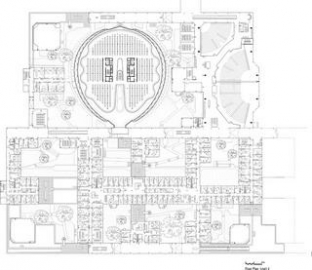

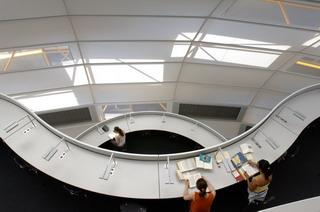
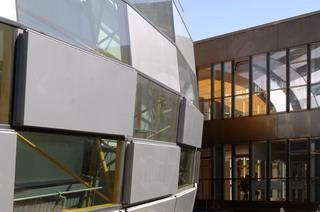
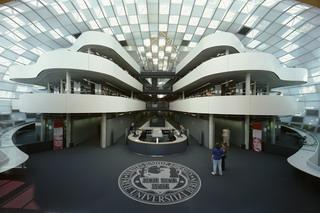

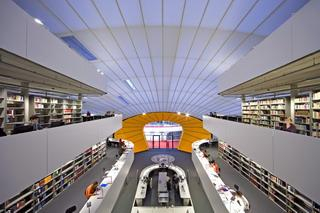
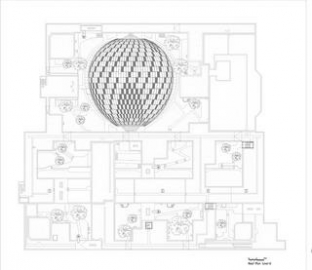
 copy.jpg)
 copy.jpg)
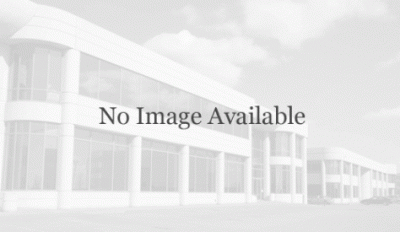
.jpg)